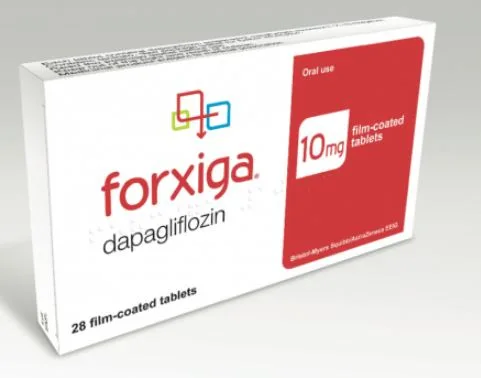London – Positive results from the T2NOW Phase III trial demonstrated significant reduction in A1C, a marker of average blood sugar, for patients treated with Forxiga (dapagliflozin) compared with patients receiving placebo.1,2 Adjusted mean change in A1C was −0.62% for Forxiga versus +0.41% for placebo, a difference of −1.03% (95% CI: -1.57-0.49; p<0.001). Statistical significance was achieved in the primary endpoint and in all secondary endpoints versus placebo at week 26, establishing that Forxiga can provide clinically meaningful improvements in glycemia for children and adolescents with type 2 diabetes (T2D).1 The safety results in this patient population were consistent with those in adults with T2D, in line with the well-established safety profile for Forxiga.1
Naim Shehadeh, Professor of Endocrinology, Rambam Health Care Campus, Israel, said: “The significant decrease in A1C that we observed in patients receiving Forxiga may indicate a reduction in the progression of disease and its complications. This is an important treatment consideration as children and adolescents with type 2 diabetes often experience earlier onset of complications and faster advancement of disease compared to adults with the same condition.”
Ruud Dobber, Executive Vice President, BioPharmaceuticals Business Unit, AstraZeneca, said: “Today’s results from one of the largest studies into children suffering from type 2 diabetes, offers hope. Despite the growing global burden of type 2 diabetes among children and adolescents, the treatment options available are currently limited. It is well documented that some patients find injectable therapies challenging, making the need for effective oral treatment alternatives paramount.”
Results were presented today at the 59th Annual Meeting of the European Association for the Study of Diabetes (EASD) Congress and simultaneously published in The New England Journal of Medicine Evidence. The incidence and prevalence of T2D in children and adolescents are increasing globally.3 In 2021, it was estimated that there were approximately 41,600 new cases diagnosed worldwide.3








